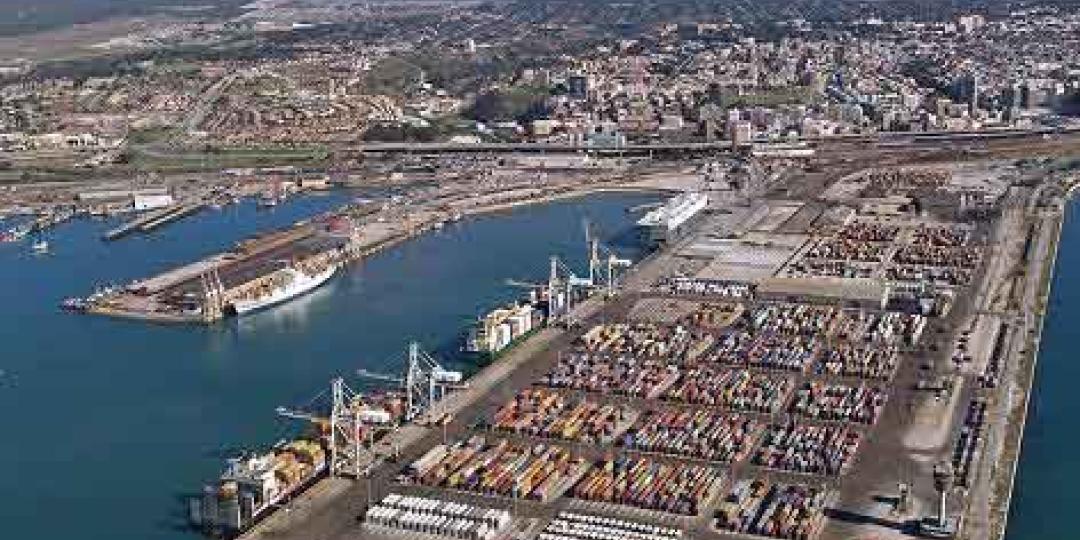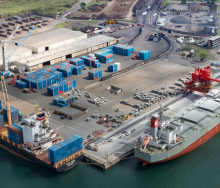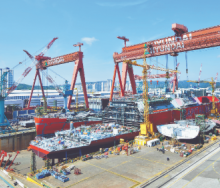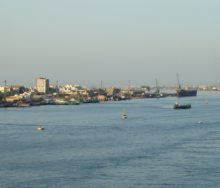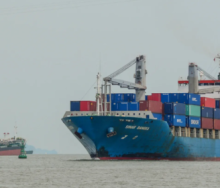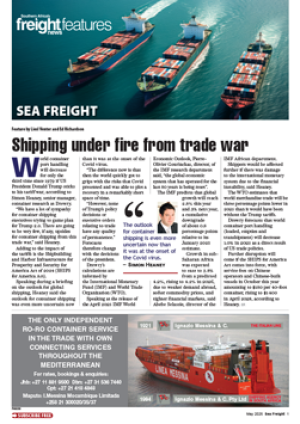A “proactive approach” by the technical team at Transnet Port Terminals’ (TPT) Port Elizabeth Container Terminal (PECT) has saved the company millions of rands, improved turnaround time, set a new loading record and met customer expectations in May 2017, said Jaco Meyer, technical manager PECT.
He explained that, since 2013, when the two-berth PECT became the first South African terminal to load bulk ore carrying vessels using ship-to-shore-cranes (STS) paired with RAM revolver spreaders, it has been loading bulk vessels in addition to container vessels - thus complementing the port’s three-berth bulk and breakbulk terminal.
This combi-terminal strategy enables customers to export and import non-containerised cargo at the container terminal and has resulted in the terminal successfully exporting more than 2.5 million tons of manganese ore over the past four years.
Despite this, customers still wanted more capacity to increase the loading rate and reduce vessel stay time at the port.
“We found an innovative solution to the problem by proposing to convert crane 3, a Liebherr ship-to-shore, to be compatible with a RAM revolver spreader like crane 2 and crane 4 on either side of it,” said Meyer.
Siya Mhlaluka, TPT GM for the Eastern Cape, explained that the technical team had completed the conversion in May this year.
“The conversion, which cost as little as R50 000 and saved more than R2.1 million, has brought enormous benefits to Transnet Port Terminals. It has enabled PECT to achieve a loading rate of 14 230 tons of manganese ore in just 12 hours, which is a new record for the terminal,” he pointed out.
According to Mhlaluka, the terminal can now plan to load three hatches adjacent to each other at the same time on a vessel which results in faster loading rates, reduced vessel stay in the port and lower port and demurrage fees for the customers.
